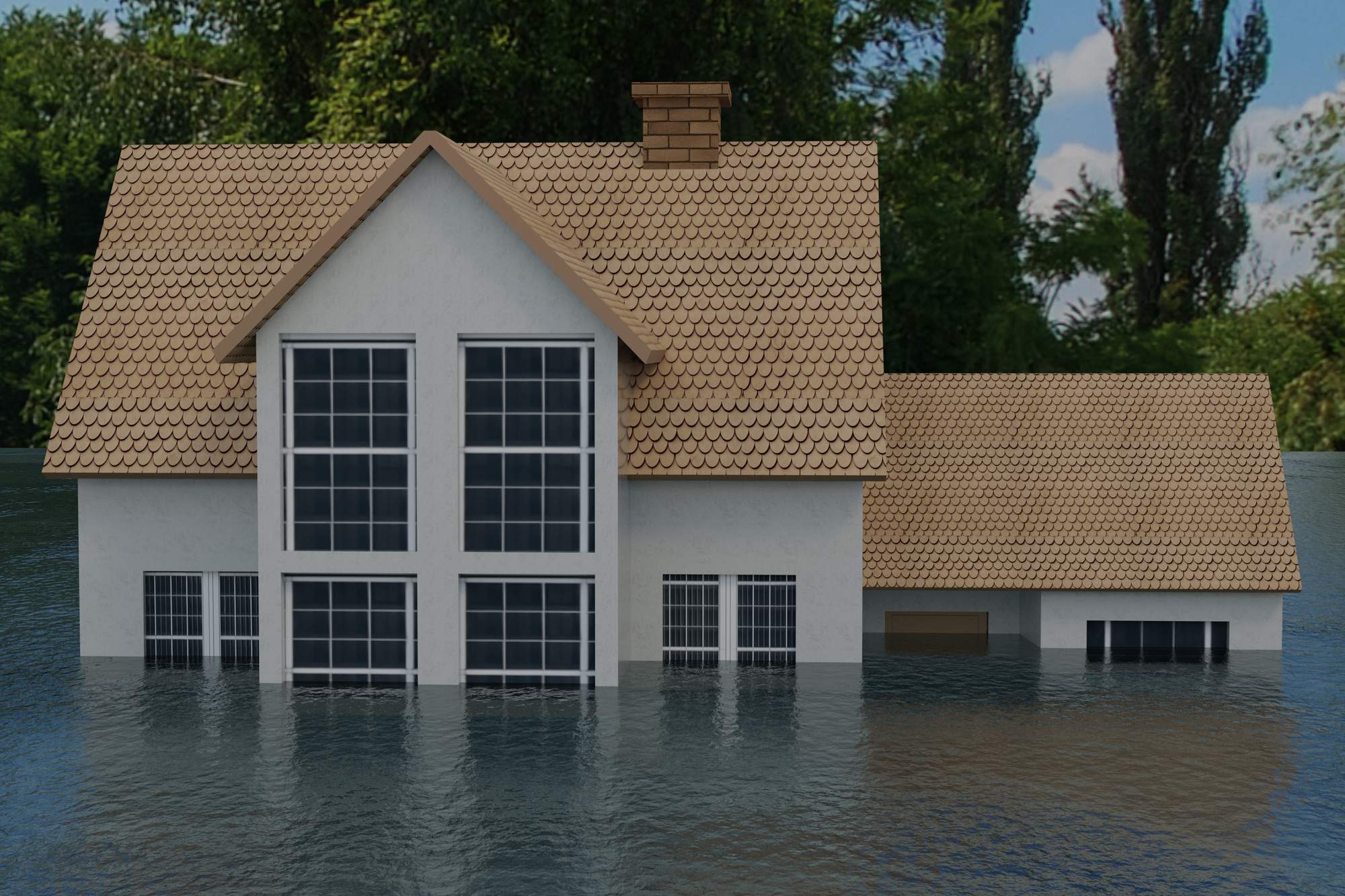
The Ultimate Guide on What to Do if Your House Floods
According to the National Flood Insurance Program (NFIP), 90 percent of all natural disasters in the United States are floods. Also, about 15 million properties face an immediate risk of flooding.
This data is especially relevant considering the recent hurricanes and tropical storms. The numbers keep rising, putting even more people in danger.
Every homeowner, therefore, should know what to do if their house floods. Even if you don’t live in a high-risk area, it’s still good to be prepared.
Read on for everything you need to know about what to do if your house floods.
Stay Safe
Your safety should be your number one priority. If you can, try to stay out of the house until the floodwaters recede.
If you need to go inside, be very careful. Avoid contact with floodwater as much as possible. The water may be contaminated with sewage or other harmful substances.
Wear protective clothing, including gloves, boots, and a face mask. This protective clothing will help minimize your exposure to bacteria and other contaminants.
If you have any cuts or open wounds, wash them thoroughly with soap and clean water after coming into contact with floodwater.
Do not try to drive through flooded streets. The water may be deeper than it looks and could damage your vehicle.
Protect Your Property
Once you’ve ensured your safety, it’s time to start thinking about your flooded house. If possible, move important items to a higher level.
These items include things like electronics, furniture, and important documents. If you have time, you can also try to remove the water from your home.
Use a wet/dry vacuum or mop to remove as much water as possible. Remember to be careful when using electrical appliances in flooded areas. There is a risk of electrocution.
If you can’t remove the water yourself, hire a professional company specializing in flood cleanup. They have the tools and expertise to get the job done quickly and safely.
Do not try to use a regular household fan to dry the area. This method will only spread the water around and could damage the fan.
Once the water is removed, you can start cleaning and disinfecting your home.
Identify if You’re in a Flood Zone
If your home is in a flood zone, there’s a chance that it could flood again in the future. That’s why it’s important to know if you’re in a flood zone and what level of risk you face.
You can find out if you’re in a flood zone by looking at your property’s Flood Insurance Rate Map (FIRM). This map is available from the NFIP website.
The FIRM will show you the flood zone designation for your area. The designations are based on the probability of flooding in a given area.
If you’re in a high-risk flood zone, there’s a chance that your home could flood even if there hasn’t been any rain.
File a Claim
Are you still wondering what to do after a house flood?
If you have flood insurance, the next step is to file a claim. The process can be complicated and time-consuming, so it’s important to be prepared.
Start by taking pictures or videos of the damage. This documentation will be essential when filing your claim.
Next, call your insurance company to start the claims process. They will assign you an adjuster to inspect the damage and determine what needs to be repaired or replaced.
The adjuster will also estimate how much your insurance company will pay for the repairs. Keep in mind that this number is often lower than you would expect.
It’s important to keep track of all repair costs and submit them to your insurance company as soon as possible.
If you’re yet to purchase flood insurance, now is the time to do it. Don’t wait until a disaster strikes.
Flood insurance is essential for any homeowner, even if you don’t live in a high-risk area. It will give you peace of mind knowing that you’re covered in the event of a flood.
And when buying insurance, work with experts who understand the process and can get you the best coverage for your needs. The cost of flood insurance is nothing compared to that of repairing flood damage.
Read more here to see how you can save money when buying flood insurance.
Prevent Future Flooding
Once your home has been repaired, it’s time to start thinking about prevention. There are a few things you can do to minimize the risk of flooding in the future.
One of the best ways to prevent flooding is by having proper drainage around your home. This approach includes installing gutters, downspouts, and French drains.
Make sure these systems are clear of debris and functioning properly. You should also check for any cracks or holes that need to be repaired.
It’s also a good idea to create a barrier around your home. These barriers could be in the form of sandbags, levees, or berms.
Recover Emotionally
After a flood, it’s normal to feel overwhelmed, stressed, and even traumatized. The entire experience can be overwhelming, especially if you’ve lost everything.
The most important thing to remember is that you’re not alone. Many people have gone through the same thing and come out stronger on the other side.
Reach out to family and friends for support during this difficult time. If you need professional help, don’t hesitate to seek counseling from a licensed therapist.
Recovering from a flood takes time, but eventually, things will get better. Be patient with yourself and focus on taking things one day at a time.
What to Do if Your House Floods
If your home floods, don’t panic. Follow the steps in this guide on what to do if your house floods, and you’ll be on your way to recovery in no time.
Most importantly, remember to purchase flood insurance. It’s the best way to protect yourself from the high cost of repairs.
By taking these steps, you can minimize the damage caused by a flood and get your life back to normal as quickly as possible.
For more information, please read the other articles posted on our website.















